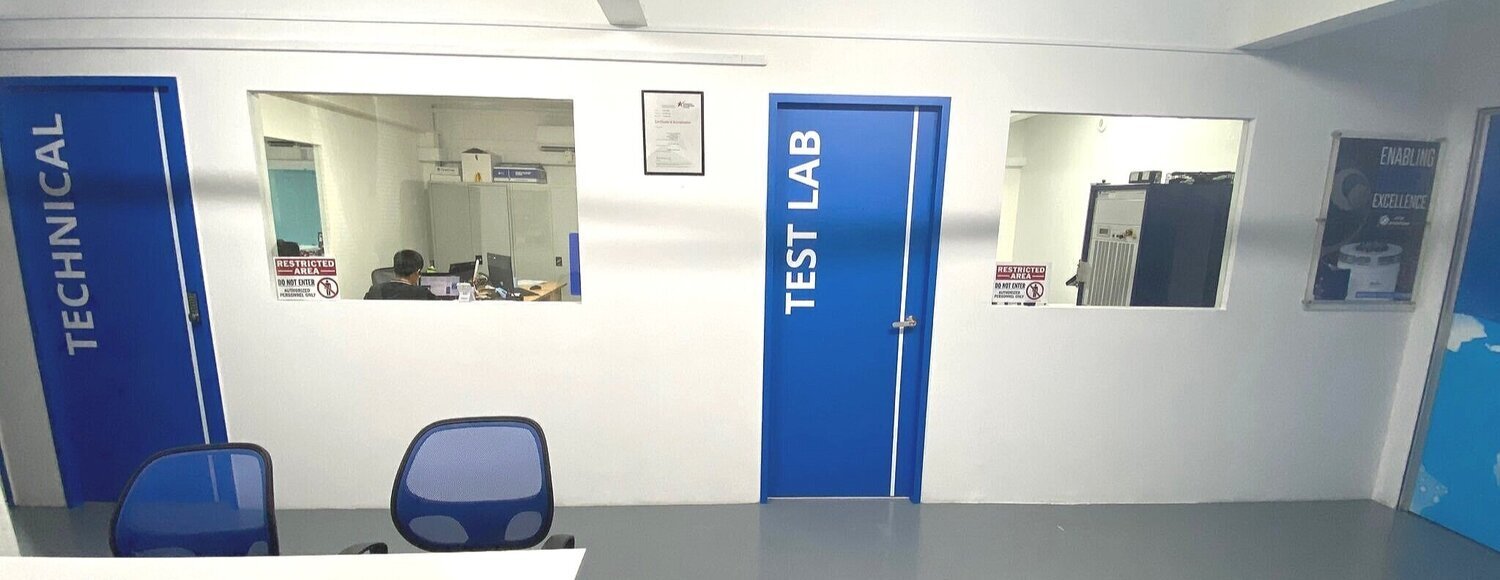Vibration Testing in the Marine Industry: Why It Matters
Vibration testing is an essential process for the marine industry to ensure the safety and reliability of vessels and their components. The harsh marine environment and the constant vibration can lead to various problems, including fatigue failure, corrosion, and structural damage. By performing vibration testing, engineers can detect potential issues early and prevent catastrophic failures.
In this article, we will discuss the importance of vibration testing in the marine industry and the various types of vibration tests used. We will also highlight some of the challenges that engineers face when performing vibration testing and how they can overcome them.
What is Vibration Testing?
Vibration testing is a process of evaluating the behavior of a product or structure under simulated vibration conditions. It involves subjecting the product to a range of vibrations and frequencies that simulate real-world conditions, such as those experienced during operation or transportation.
Why is Vibration Testing Important in the Marine Industry?
Vibration testing is crucial in the marine industry for several reasons. First, it helps ensure the safety of the vessel and its occupants. Marine vessels are subjected to harsh environmental conditions, including extreme temperatures, saltwater, and constant vibration. These conditions can cause fatigue failure, which can lead to catastrophic consequences. By performing vibration testing, engineers can detect potential issues before they become a problem and take corrective action.
Second, vibration testing helps ensure the reliability of the vessel and its components. A failure in one component can lead to a failure in the entire system, which can cause delays, downtime, and increased maintenance costs. By testing the components, engineers can identify potential issues and take corrective action before they cause significant problems. Vibration testing is, therefore, essential in the marine industry to:
Prevent Equipment Failures: Vibration testing helps identify potential weaknesses or defects in the equipment, such as loose bolts, cracked welds, or worn-out components. By detecting these issues early, operators can take corrective measures and prevent catastrophic failures that can lead to costly downtime, environmental damage, and safety risks.
Reduce Downtime: Vibration testing can help optimize equipment performance and reduce unplanned downtime. By identifying the root cause of vibration, operators can take corrective actions, such as adjusting alignment, balancing, or replacing worn-out parts, before they cause significant damage or failure.
Improve Safety: Vibration testing can help identify potential safety hazards, such as excessive vibration or noise levels, that can cause discomfort, hearing loss, or accidents. By mitigating these risks, operators can ensure the safety and well-being of the crew, passengers, and the environment.
Types of Vibration Tests Used in the Marine Industry
There are several types of vibration tests used in the marine industry, each designed to test specific components and systems. These include:
Resonance Testing - This test is used to determine the natural frequencies of a structure or component. By subjecting the structure to various frequencies, engineers can identify the natural frequencies and determine if they are in resonance with any external forces. Resonance can lead to significant vibration, which can cause fatigue failure.
Modal Analysis - Modal analysis is used to determine the vibration characteristics of a structure or component. This test is used to identify the various modes of vibration and their corresponding frequencies. By understanding the modes of vibration, engineers can identify potential issues and take corrective action.
Shock Testing - Shock testing is used to simulate the effects of sudden impact or shock on a structure or component. This test is used to determine if the structure or component can withstand sudden impacts without failure.
Random Vibration Testing - Random vibration testing is used to simulate the effects of random vibration on a structure or component. This test is used to determine if the structure or component can withstand the constant vibration experienced in the marine environment.
Challenges in Vibration Testing
Performing vibration testing in the marine environment can be challenging due to harsh conditions and complex systems. Some of the challenges faced by engineers include:
Difficulty in Access - Some components are located in hard-to-reach areas, making it challenging to perform vibration testing.
Environmental Conditions - The marine environment is harsh, with saltwater, extreme temperatures, and high humidity levels. These conditions can affect the accuracy of vibration testing.
The complexity of Systems - Marine vessels are complex systems with many interconnected components. Testing one component can affect the performance of other components, making it challenging to isolate the source of the problem.
Overcoming these challenges requires experienced engineers, specialized equipment, and a thorough understanding of the marine environment and its effects on structures and components.
Vibration testing is an essential process in the marine industry to ensure the safety and reliability of vessels and their components. By performing various types of vibration tests, engineers can identify potential issues and take corrective action before they cause significant problems. Although there are challenges in performing vibration testing in the marine environment, these can be overcome with the right equipment, expertise, and understanding of the environment.
-
Any equipment that is subject to vibration, such as engines, pumps, generators, propellers, turbines, compressors, and HVAC systems, should undergo vibration testing.
-
Vibration testing can be performed using various methods, such as shaker tables, impact hammers, or resonance testing. The choice of method depends on the type of equipment and the vibration profile to be simulated.
-
Vibration testing should be performed regularly, as part of the equipment maintenance program or after significant changes, such as repairs, upgrades, or modifications.
If you're looking for reliable and accurate vibration testing services for your marine equipment, contact AscendTech Group today. Our team of experts has years of experience in vibration testing and can help you optimize your equipment performance, reduce downtime, and improve safety.
Get in touch with us now to learn more about our services and how we can help you.


